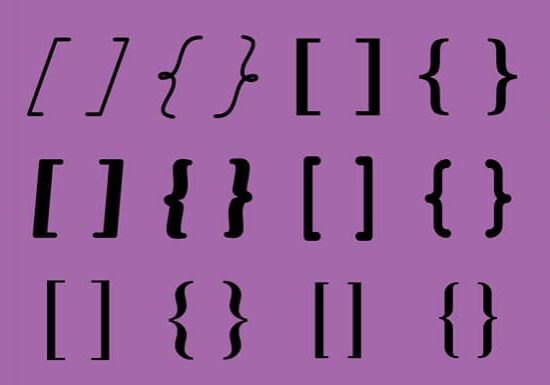How To Use Parentheses: Your Go-To Guide
Updated: June 19, 2024
Published: April 21, 2021

Part of being a good writer means knowing how to use parentheses. Parentheses are a great tool to use to add extra information to a sentence. There are several grammatical reasons why you’d use parentheses in your writing. Along with the rules, there are some special cases and exceptions.
Here, we will share all you should know about parentheses, from what they are to when to use parentheses.

What are Parentheses?
Parentheses are a grammatical symbol that holds extra information within them. While they look similar to brackets, they are rounded.
Take a look:
Parentheses: ( )
Brackets: [ ]
Inside parenthesis, you may have just one word, a fragment, or a complete sentence. A lot of people get confused about whether or not to add a period inside parentheses. This is another topic we will cover!
Parentheses are always used in pairs, so if you open them up, you have to close them with the other half.
When to Use Parentheses
You use parentheses when you want to add additional information into a sentence. To use them properly, the information inside the parentheses may not be necessary to the sentence standing alone as a grammatically complete thought. The best way to make sure your sentence is correct without the parentheses is to read the sentence and ignore the content in the parentheses. If the sentence makes sense, then it can stand as is.
For example, here’s a correct and incorrect usage of parentheses:
Correct: Mia had to take her dog (a grey pitbull) to the vet.
Incorrect: Mia (had to take) her dog, a grey pitbull, to the vet.
How to Punctuate with Parentheses
While the usage of parentheses is straightforward, knowing how to punctuate with parentheses is not always as clear. Here’s a look at the rules:
Stand Alone
If a sentence within a parenthetical can stand on its own as a complete sentence, place the period inside the closing parenthesis. For example: He went on a long vacation. (Don’t tell his parents, because it’s a secret.)
End of Sentence
If the parentheses adds extra information to the end of a sentence, but is not a complete sentence on its own, then you place the period outside of the closing parenthesis. For example: She went to the grocery store and bought a lot of items (sugar, bread, candy, beer, and vegetables).
Middle of Sentence
If you add the parentheses in the middle of a sentence and need to add any type of grammatical symbol, then you place it outside of the closing parenthesis. For example: He earned a lot of money working this summer ($50,000), but he spent it all quickly.
Complete Sentence
If you have a complete sentence in parentheses that stands inside another complete sentence, you can put an exclamation point or question mark inside the parentheses, but you still end the sentence with a period outside. For example: A lot of people had a boring summer because of the pandemic, but other people still took the opportunity to fly abroad (I still traveled!).

Exceptions and Special Cases
There are additional special cases in which people can include parentheses in their writing. Here’s a look at the common reasons to use them:
Numbered Lists
If you make a list and want to number the items within a sentence, you can use parentheses to distinguish the numbers from the items. For example: He told us to pack: (1) a shirt, (2) two pairs of jeans, (3) sneakers, and (4) phone chargers.
Area Codes
When writing phone numbers, the area code goes inside parentheses. For example: (516) 227-5867.
Time Zones
Many people will place time zones within parentheses, like: 10:30 a.m. (EST) or 7:30 a.m. (PST)
Translations in Text
Perhaps you’re writing something in English, but you incorporate a word in Spanish and want to define it. Then, you’ll put the translation in parentheses. To exemplify: When he was in Mexico, he kept screaming adios, amigos (goodbye, friends) before he left a room.
First Use of Acronym
When you first incorporate an acronym in your writing, you may put it in parentheses. Here’s an example: He is the CEO (chief executive officer) of Apple.
Abbreviations
You can do the same with abbreviations and acronyms appearing inside the parentheses instead. Then, in the remainder of the writing, you can continue to place the abbreviation instead of the whole word. To exemplify: In our Biology class, we learned about deoxyribonucleic acid (DNA) today. DNA is a double-helix.
Grammar Rules are Made to be Followed
Knowing how to use parentheses helps to make your writing flow well. You can incorporate parentheses to add additional information into your sentences and provide the reader with more detail. When you use parentheses, you’ll have to consider where within the complete sentence the parentheses exist. This generally will help you know where to place grammatical symbols like commas, periods, exclamation marks, and question marks.
Along with providing you a way to add more color to your writing, parentheses are used for many other reasons, as listed above. From defining acronyms and abbreviations to separating area codes in phone numbers, you’re likely to come across parentheses often in writing.
